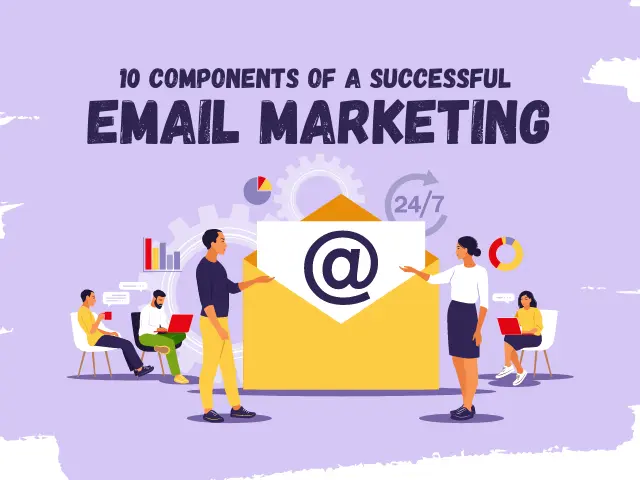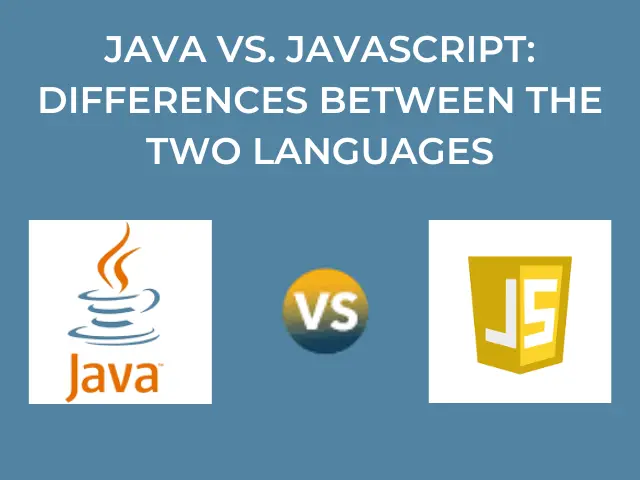Is it possible to get a job in the IT industry after taking IT courses?
Can students get jobs in the IT sector after learning computer courses? In today’s digital age, the Information Technology (IT) sector offers a multitude of career opportunities for students who have completed computer courses. With the continuous advancement of technology and the increasing reliance on IT systems across various industries, the demand for skilled IT professionals continues to grow. While the specific job prospects may vary depending on the depth and focus of the computer courses undertaken, students can indeed secure jobs in the IT sector by leveraging their acquired knowledge and skills. Computer courses can range from basic computer literacy programs to more specialized courses in programming, web development, networking, cybersecurity, and database management. The specific job opportunities available to students will largely depend on the level of proficiency and expertise gained through these courses. Let’s explore some of the potential job roles that students can pursue after completing computer courses. 1. Software Developer/Programmer: Software development is a highly sought-after field within the IT sector. Students who have completed programming courses can apply for entry-level positions as software developers or programmers. They can utilize their knowledge of programming languages such as Python, Java, C++, or JavaScript to develop software applications, websites, or mobile apps. Strong problem-solving abilities, logical thinking, and attention to detail are essential for success in this role. 2. Web Developer: With the increasing importance of the internet and online presence, web development has become a crucial skill in the IT industry. Students who have acquired web development skills through computer courses can pursue careers as web developers. They can design and build websites using programming languages like HTML, CSS, and JavaScript. Additionally, knowledge of frameworks and libraries such as React, Angular, or Node.js can further enhance their job prospects. 3. Network Administrator: Networking plays a vital role in ensuring the smooth operation of IT systems within organizations. Students who have completed networking courses can explore opportunities as network administrators. They can configure and manage computer networks, troubleshoot network issues, and ensure network security. Familiarity with network protocols, routing, switching, and network troubleshooting tools is essential for this role. 4. Database Administrator: Organizations heavily rely on databases to store and manage vast amounts of data. Students who have learned database management through computer courses can pursue careers as database administrators. They can design, implement, and maintain databases, ensure data security, and optimize database performance. Proficiency in database management systems such as MySQL, Oracle, or SQL Server is crucial for success in this role. 5. Cybersecurity Analyst: With the increasing frequency and complexity of cyber threats, organizations place great importance on safeguarding their digital assets. Students who have completed cybersecurity courses can pursue careers as cybersecurity analysts. They can identify vulnerabilities, implement security measures, monitor networks for potential threats, and respond to security incidents. Knowledge of security frameworks, encryption methods, and penetration testing techniques is valuable in this field. 6. IT Support Specialist: IT support specialists play a critical role in assisting end-users with their hardware and software issues. Students who have completed computer courses can start their careers in IT support roles. They can provide technical assistance, troubleshoot hardware and software problems, and ensure smooth IT operations within organizations. Effective communication and problem-solving abilities are vital prerequisites for success in this position. 7. Systems Analyst: Systems analysts bridge the gap between IT and business processes within organizations. Students with a strong understanding of both technology and business gained through computer courses can pursue careers as systems analysts. They can analyze organizational processes, identify IT solutions to enhance efficiency, and facilitate the integration of new technologies. This role requires excellent analytical, communication, and project management skills. 8. Data Analyst: In the era of big data, organizations rely on data analysts to extract valuable insights from vast amounts of information. Students who have completed courses in data analysis can pursue careers as data analysts. They can collect, analyze, and interpret data to drive business decision-making. Proficiency in data analysis tools, statistical methods, and data visualization techniques is crucial for this role. 9. IT Project Manager: IT project managers oversee the planning, execution, and completion of IT projects within organizations. Students who have acquired project management skills through computer courses can pursue careers in this field. They can coordinate project activities, manage resources, and ensure projects are delivered within scope, budget, and timeline. Strong leadership, communication, and organizational skills are necessary for success in this role. These are just a few examples of the numerous job roles available in the IT sector. It’s important to note that while computer courses provide a foundation, continuous learning and practical experience are key to advancing in the IT industry. Students can boost their employment opportunities by taking additional steps to improve their chances. 1. Continuously updating their skills: The IT sector is constantly evolving, so students must stay updated with the latest technologies, programming languages, and industry trends. They can do so by engaging in self-study, participating in online courses, attending workshops or seminars, and following relevant blogs and forums. 2. Building a portfolio: Practical experience is highly valued in the IT industry. Students can undertake personal projects or contribute to open-source initiatives to build a portfolio showcasing their skills and projects. A well-curated portfolio can impress potential employers and demonstrate their capabilities. 3. Obtaining relevant certifications: Certifications provide a standardized way to validate skills and knowledge in specific IT domains. Students can pursue certifications such as Microsoft Certified Professional (MCP), Cisco Certified Network Associate (CCNA), CompTIA Security+, or Certified Ethical Hacker (CEH), depending on their areas of interest. Certifications can enhance credibility and increase job opportunities. 4. Gaining practical experience: Internships, part-time jobs, or volunteering opportunities can provide valuable hands-on experience in the IT sector. Students can seek internships in IT departments or organizations that align with their career goals. Practical experience not only enhances technical skills but also improves teamwork, problem-solving, and communication abilities. 5. Networking and professional development: Building a professional network within the IT industry can lead to …
Is it possible to get a job in the IT industry after taking IT courses? Read More »




